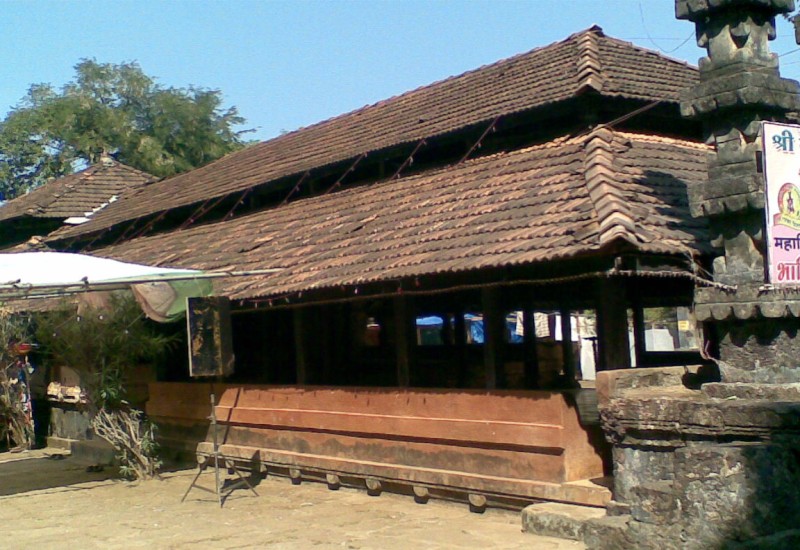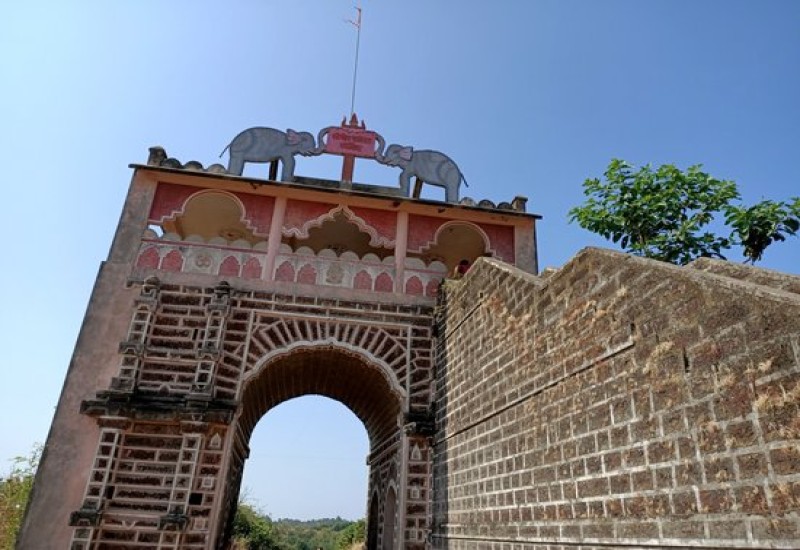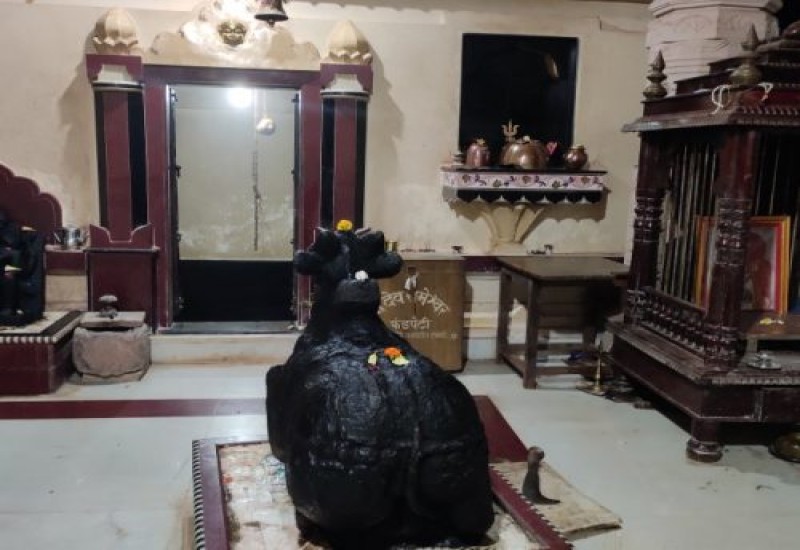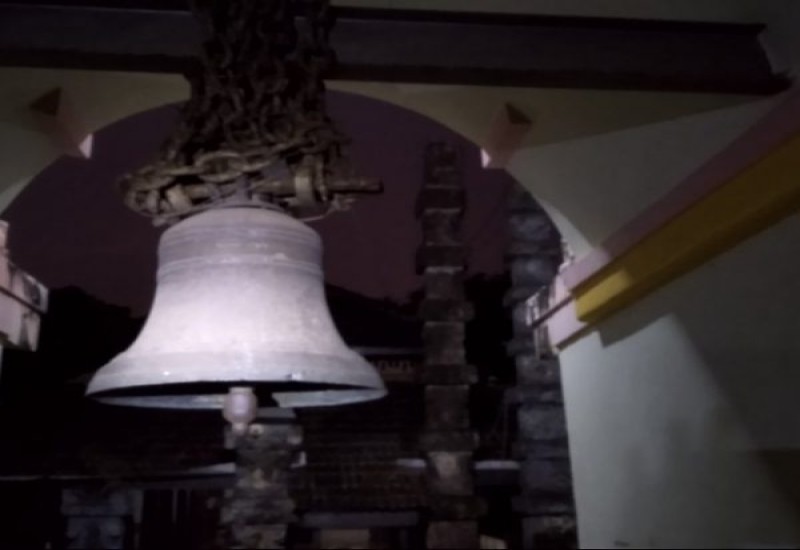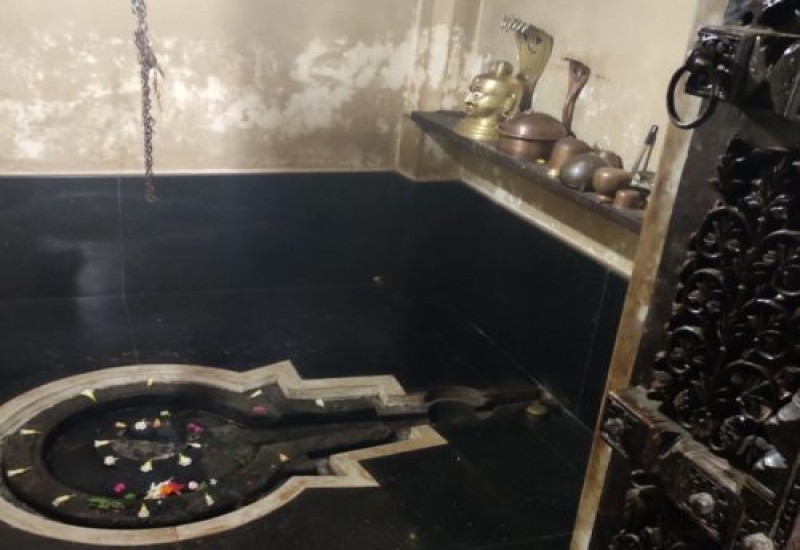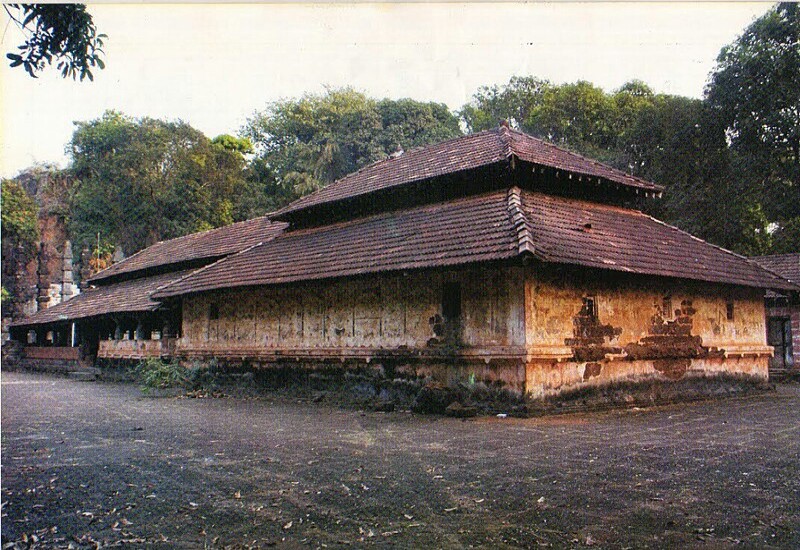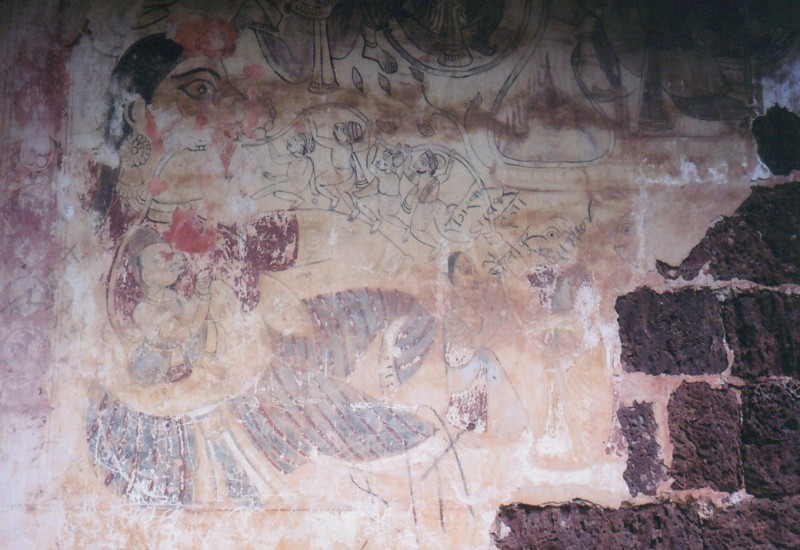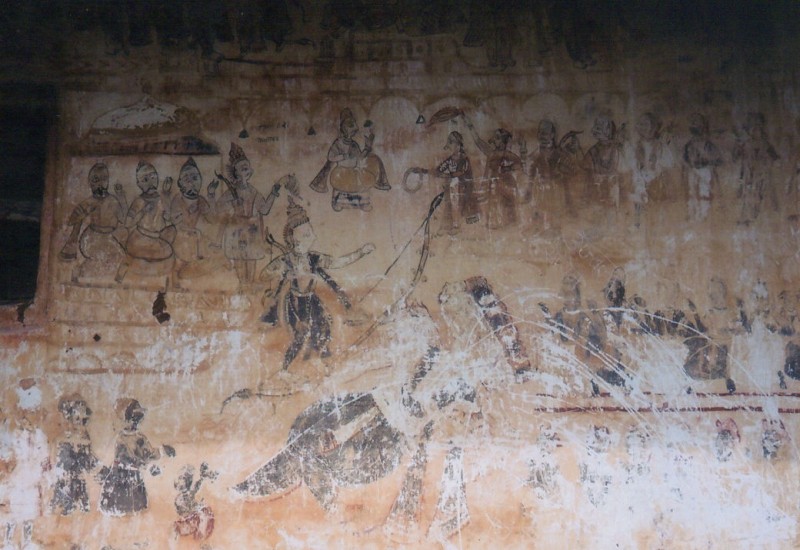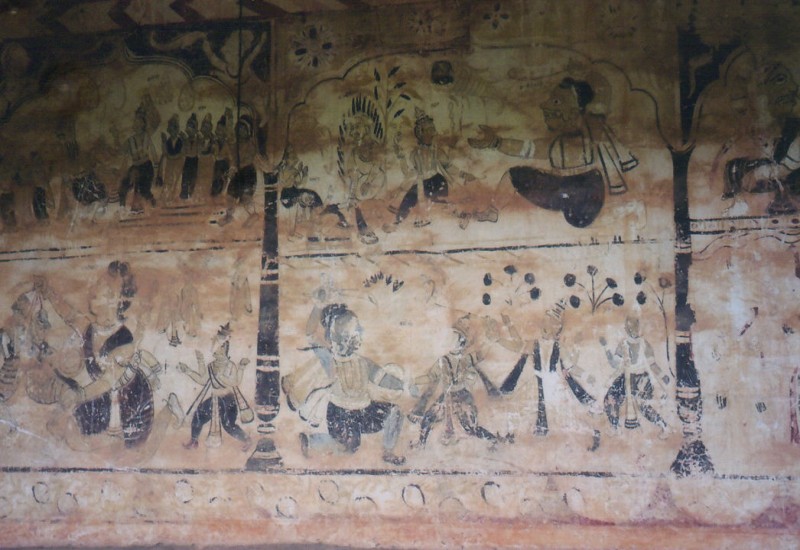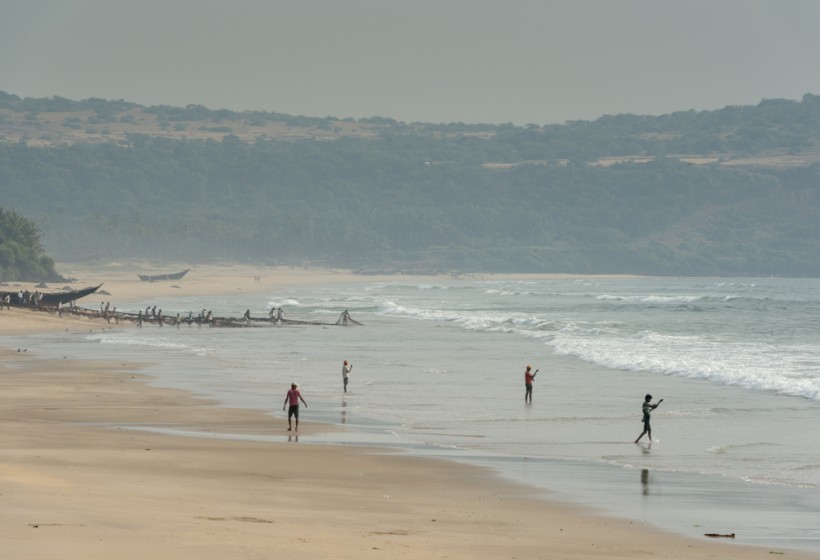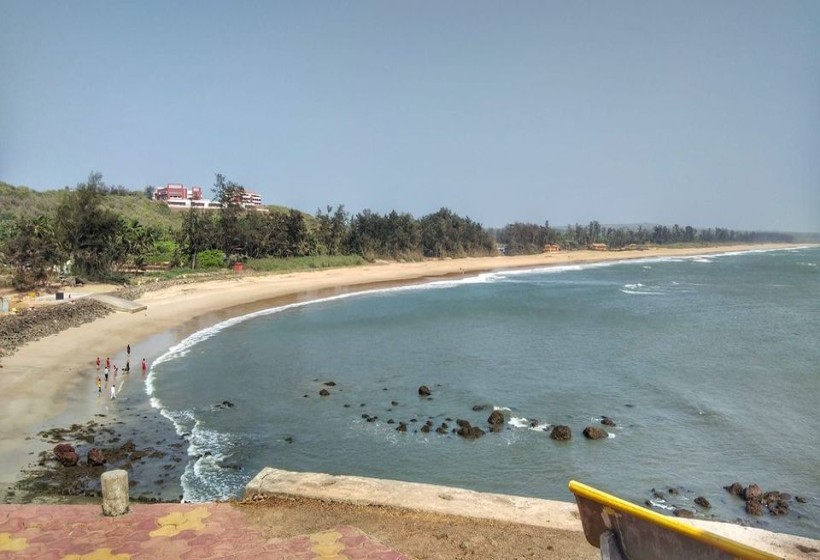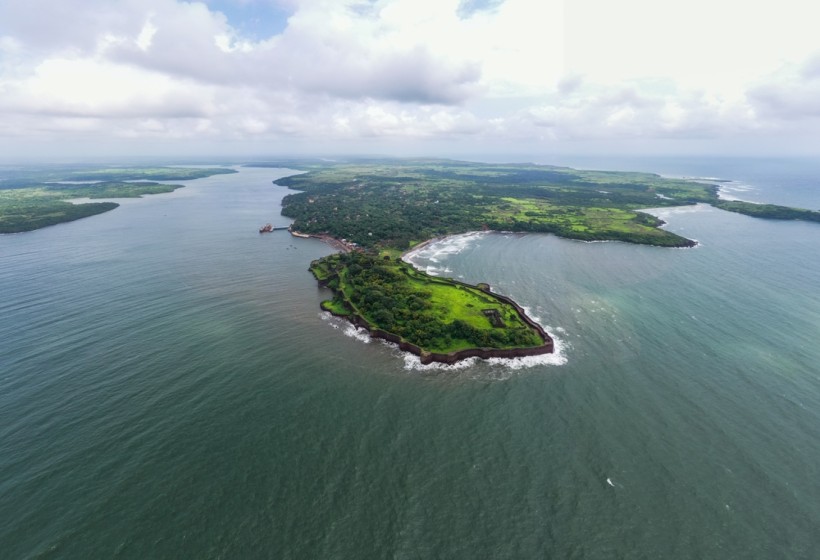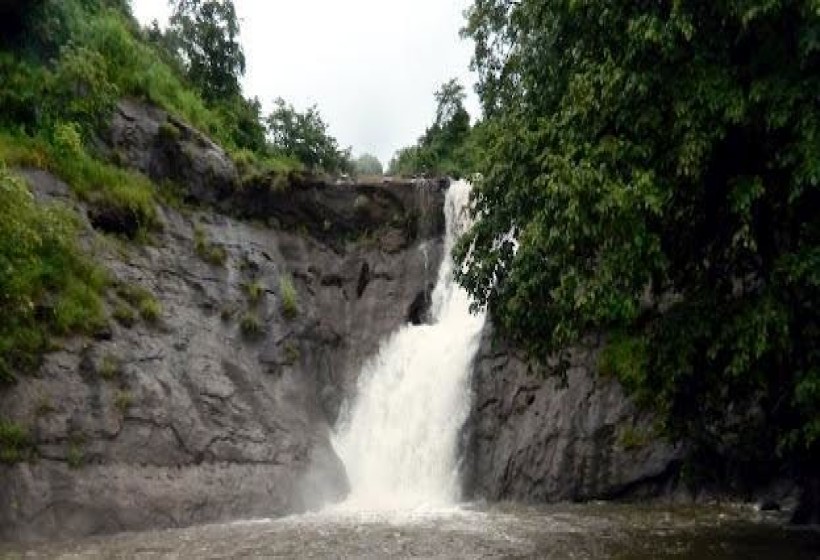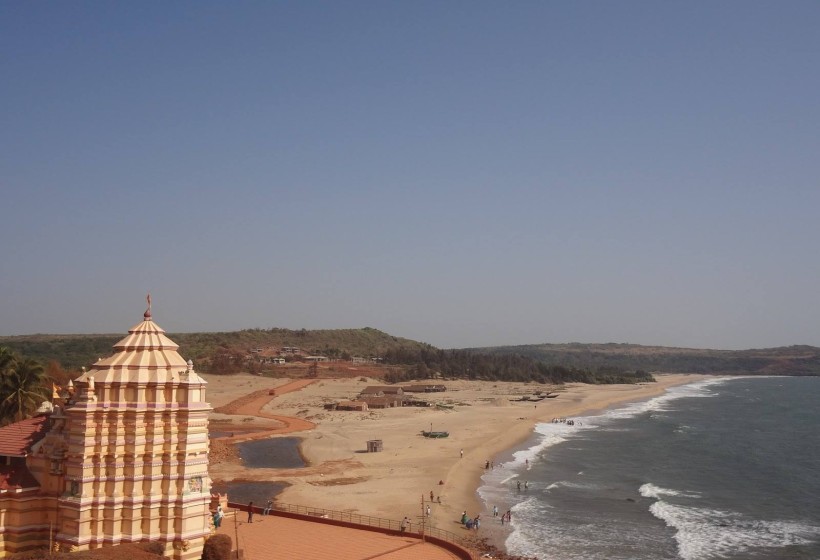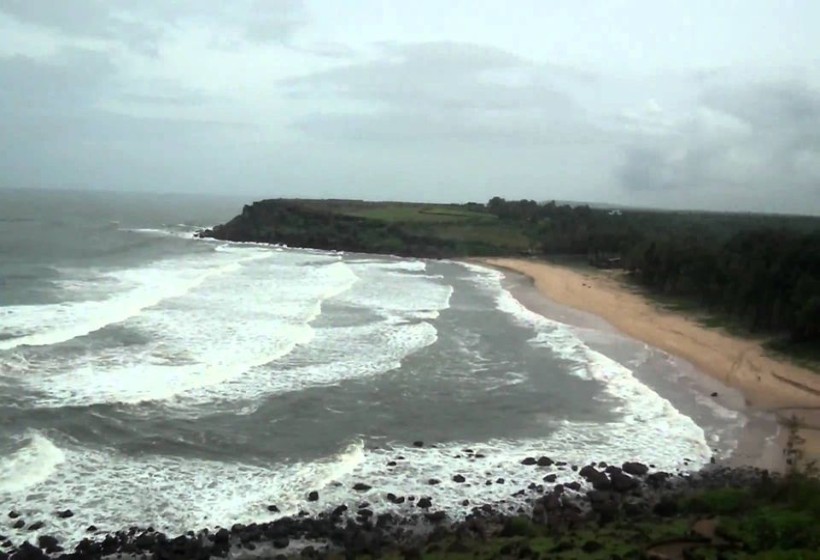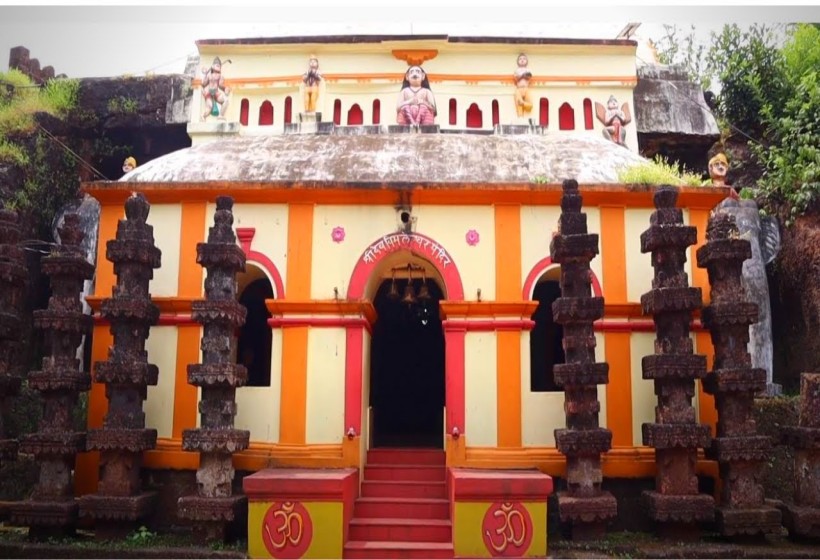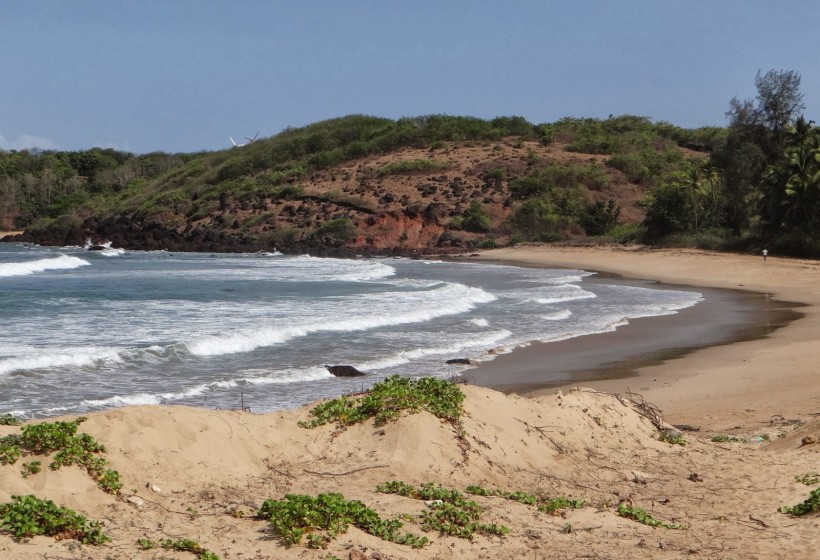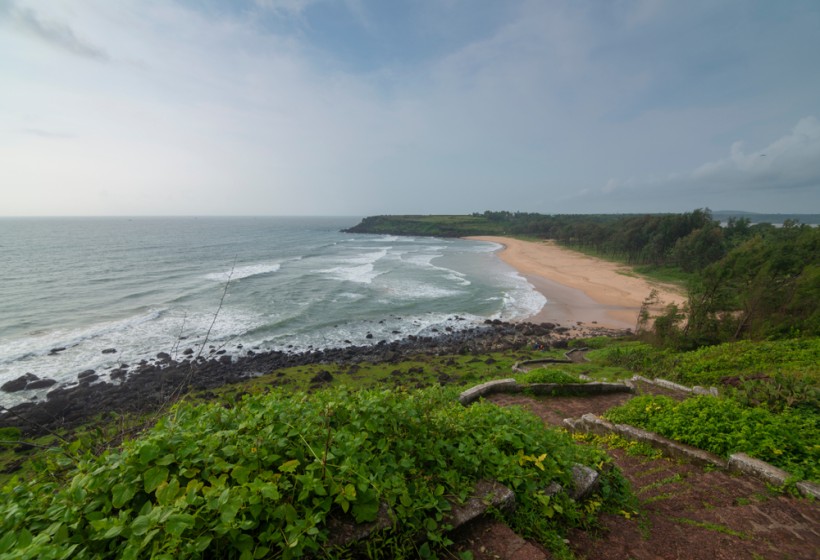
Shree Dev Rameshwar Temple, Girye
Just 3km from Vijaydurg, the Rameshwar temple, is the place of devotional faith. Like Vijaydurg fort, this temple also has historical background. Shri Dev Rameshwar Temple is located in village Rameshwar Wadi in Devgad taluka of Sindhudurg district of Maharashtra, India. This temple is dedicated to Hindu deity Lord Shiva, also known as Lord Rameshwar. It is a historic temple built in the 16th century. It's chief interest is the approach about 250 yards long, cut through rock 50 feet deep. The idol, a 4-armed figure seated on a bull, is made up of silver and weighs around 45 kgs.
Advertise with us banner image here
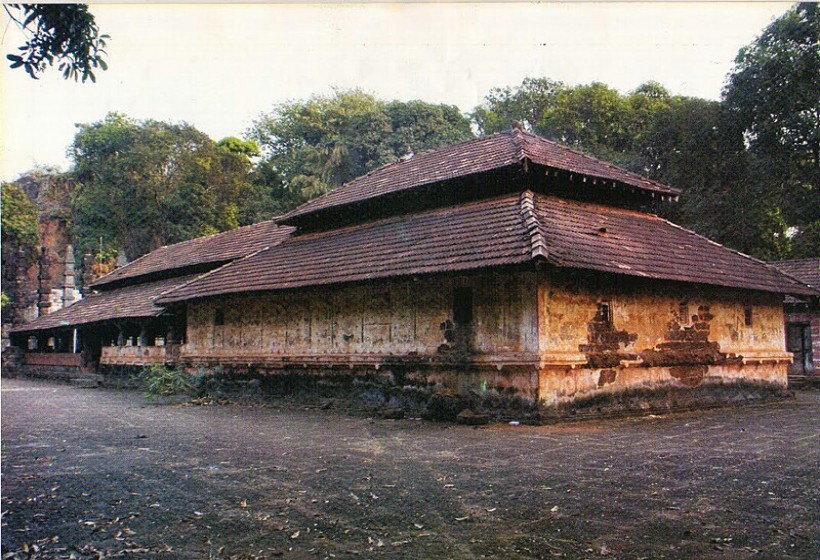
- Nearest Bus Depot
- Nearest Railway Station
- Nearest Airport
- City Approach
About Shree Dev Rameshwar Temple, Girye
The architectural patterns of the temple building shows that it has been expanded at least 3 times since it's establishment until now. In the early 18th century, Sarkhel Kanhoji Angre built a quadrangular inner shrine ade up of finely hewn stones, also called as the Gabhara, around the original place of Lord Shiva's pindi (Shivling). This is the main room of the temple which contains a Shivling or Pindi at it's centre. Later in the mid-18th century, Sardar Sambhaji Angre and Sankhoji Angre built a mandap in front of the Gabhara. This mandap consisted of four huge pillars bearing beautiful carvings all over them. They also built a Pradakshina Marg around the gabhara. The entire area was enclosed with walls to form a small temple consisting of the gabhara, the mandap and pradakshina marg. The entire temple building covers as area of 4,025 sq. ft. Stone tiles were placed in the area outside the main temple building covering as area of about 15,000 sq. ft. It was in this era that the temple was provided with 2 new gates on the western and southern side.
In 1763, Shrimant Madhavrao Peshwe appointed Sarkhel Anandrao Dhulap as the chief of the Maratha Navy. Anandrao was also appointed as the governor of Vijaydurg Fort. In 1775, Madhavrao Peshwe appointed Gangadhar Bhanu as the Subhedar of Vijaydurg region. In 1780, Subhedar Gangadhar Bhanu built a huge Sabha Mandap with 20 carved wooden pillars. Early 18th century showed lots of changes and developments in the structures, architectures and surrounding area of the temple. The most notable change was made by Sarkhel Anandrao Dhulap. He built 2 additional gates on the northern and eastern side of the temple. The eastern gate was built by making a way or Ghati by cutting a small hill adjoining the temple on the eastern side. He also built the main entrance or the Mukhya Pravesh Dwar for the temple. A huge bell hangs on the eastern gate which has year 1791 engraved on it. This bell was the one that was brought from the Portuguese ship which was captured by the Maratha Navy. The main wooden mast of this ship has been built in front of the Main entrance of the temple at the beginning of the temple ghati.
The walls of the temple show drawings depicting incidences from Ramayana and Mahabharata. These drawings were drawn by artists appointed by Sardar Sambhaji Angre. These drawings are unique in the sense that although they depict stories from the ancient Vedic culture, the characters' clothes, weapons, ornaments and other equipment and instruments are similar to those found in the 18th century.
A tomb (samadhi) of Sarkhel Sambhaji Angre is located just outside the Southern gate of the temple premises. It is made up of stones and is around 200–250 years old. Along with him, seven small stones have also been places inside the tomb as well as outside it representing his wives.
A fair is held for six days in the month of Magha every year which is attended by about 5,000 people from nearby villages and towns.The fair starts 5 days before the day of worship. On the Mahashivratri day, devotees observe fast and stay awake all night.
Map
Traveler's Testimonials


